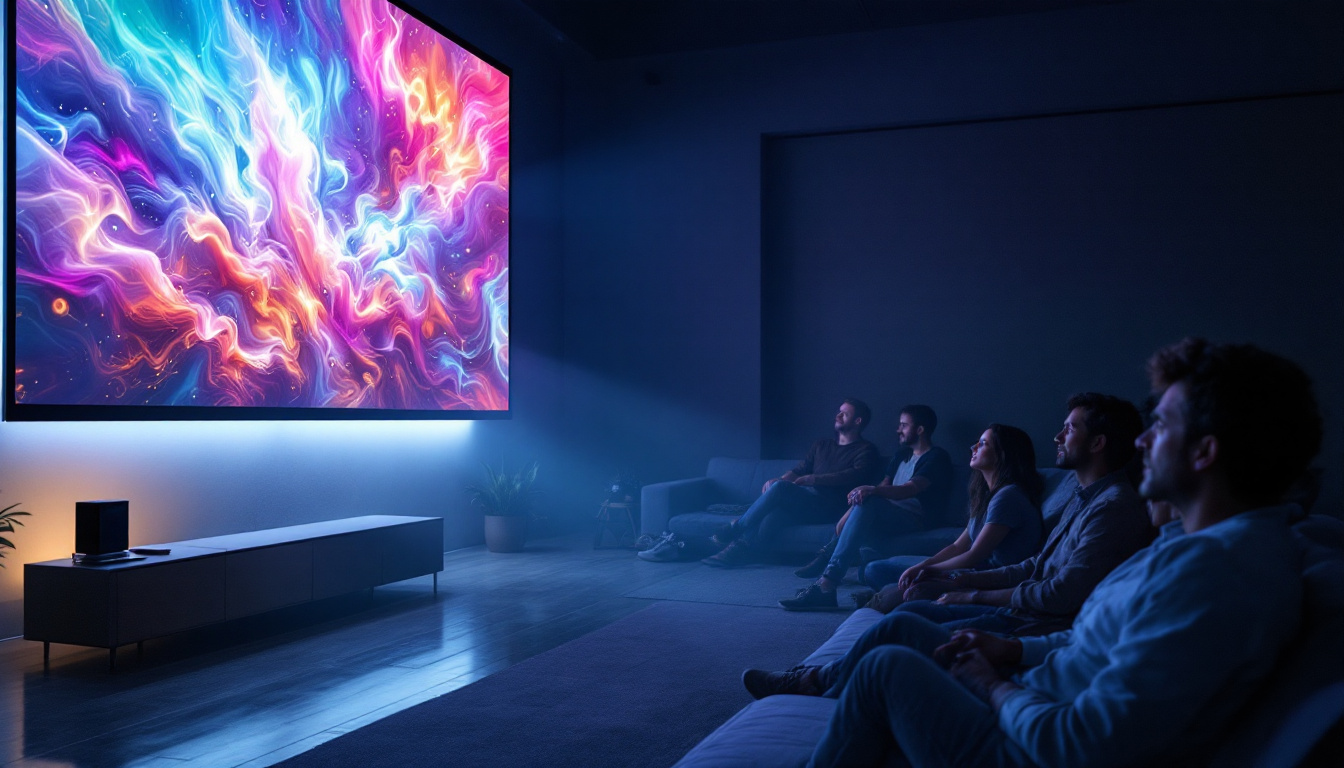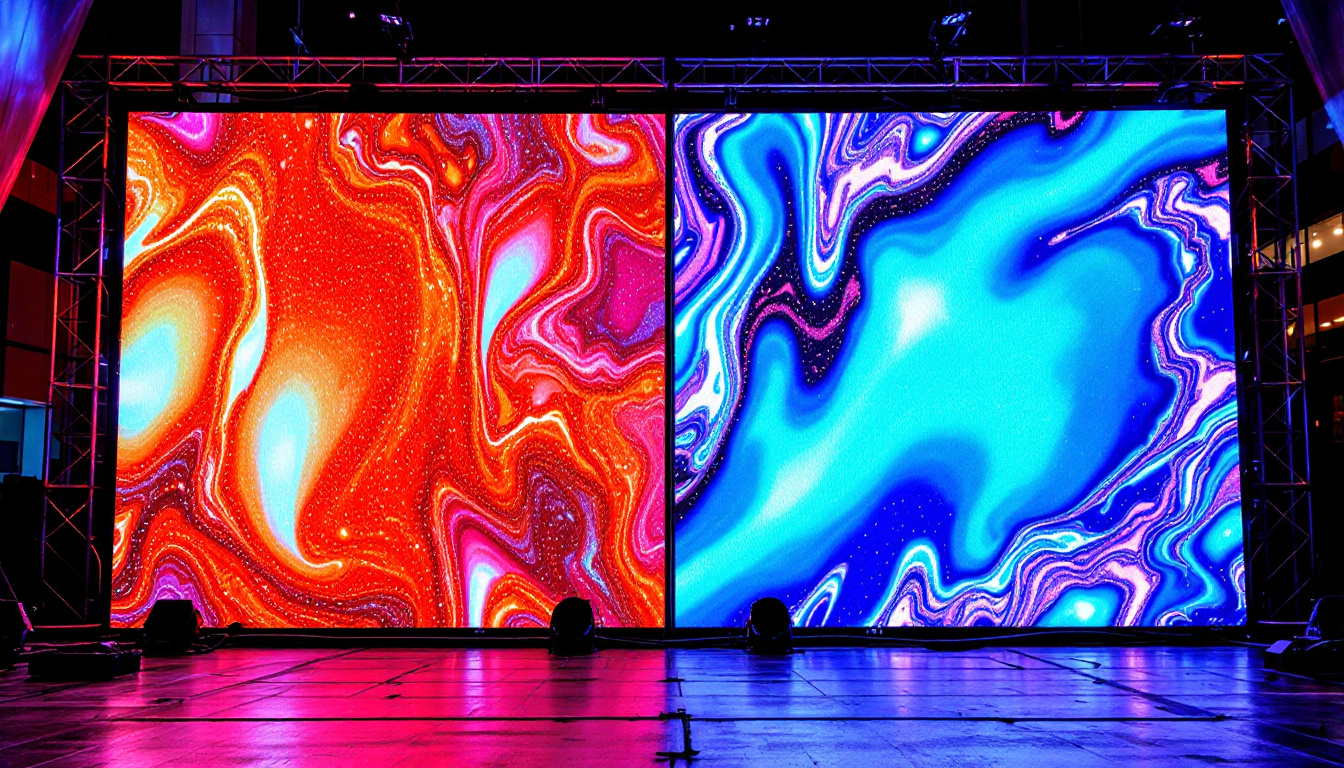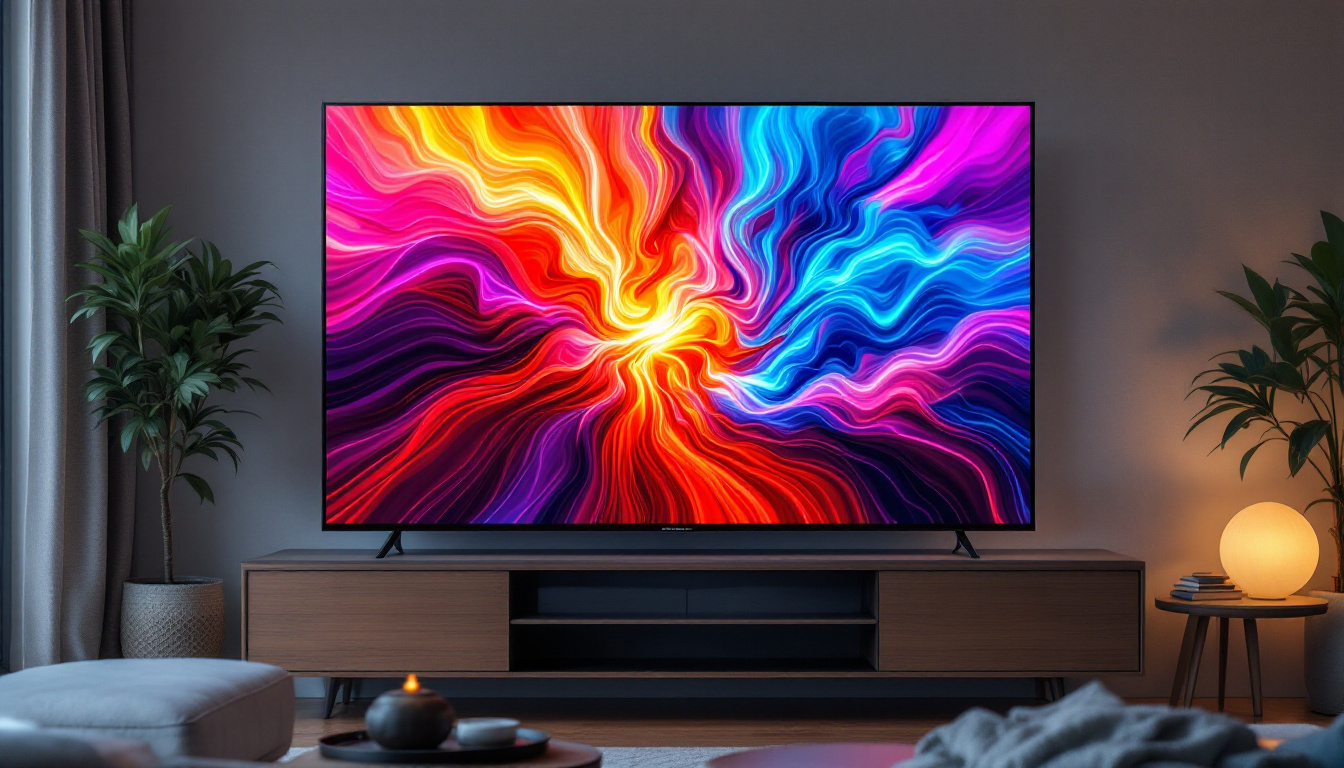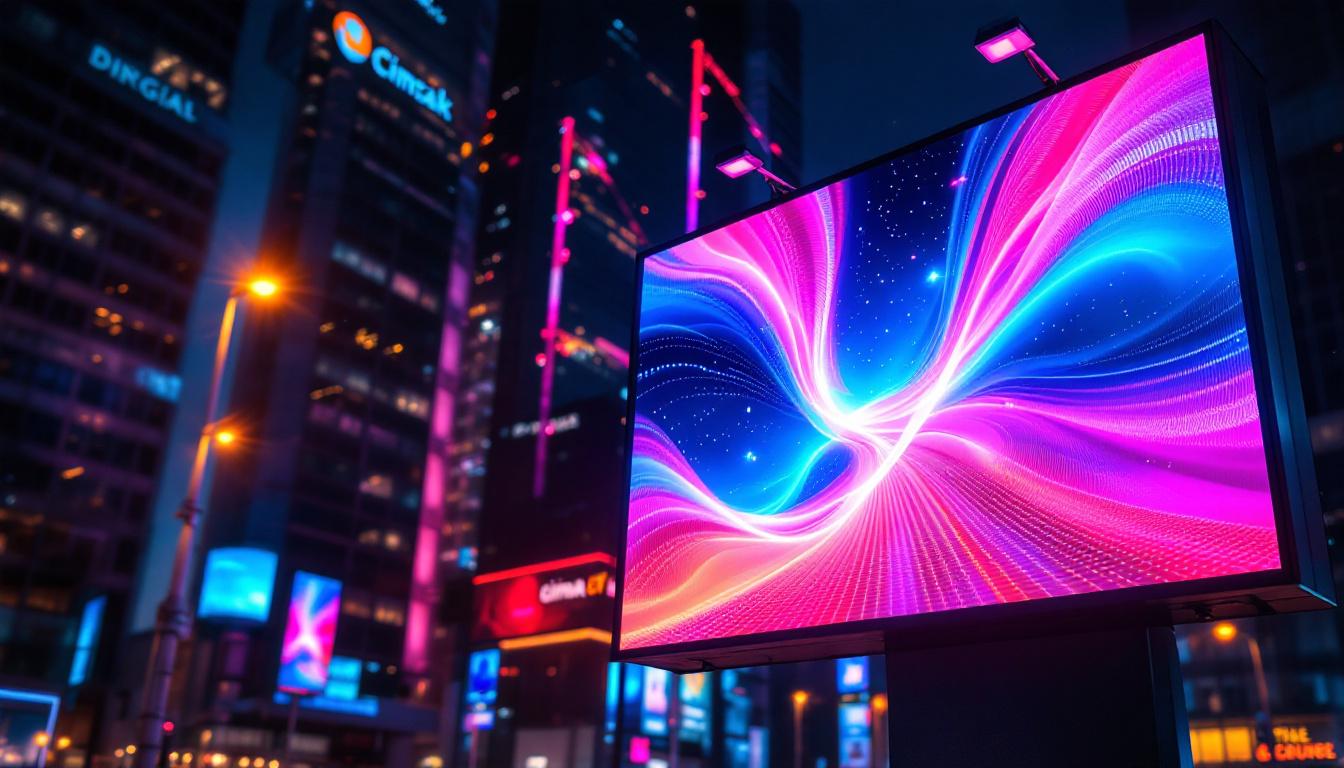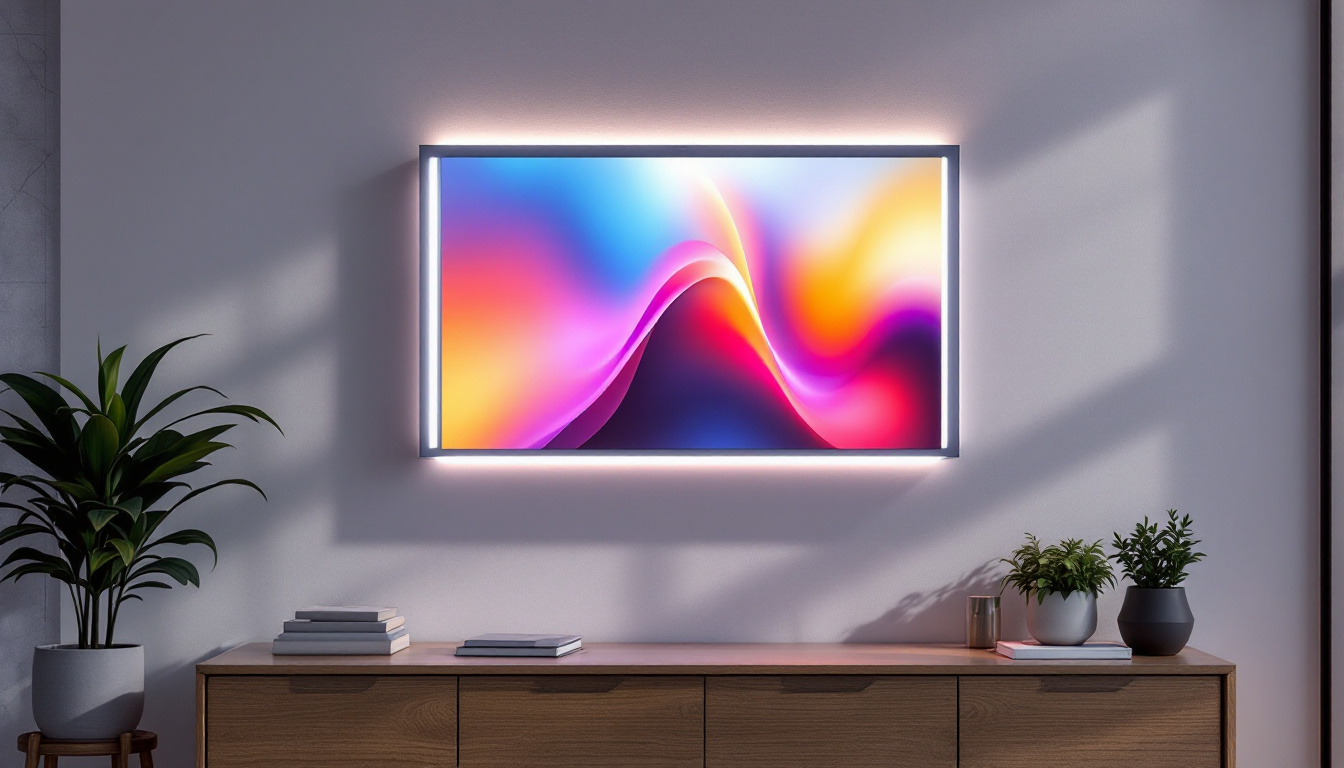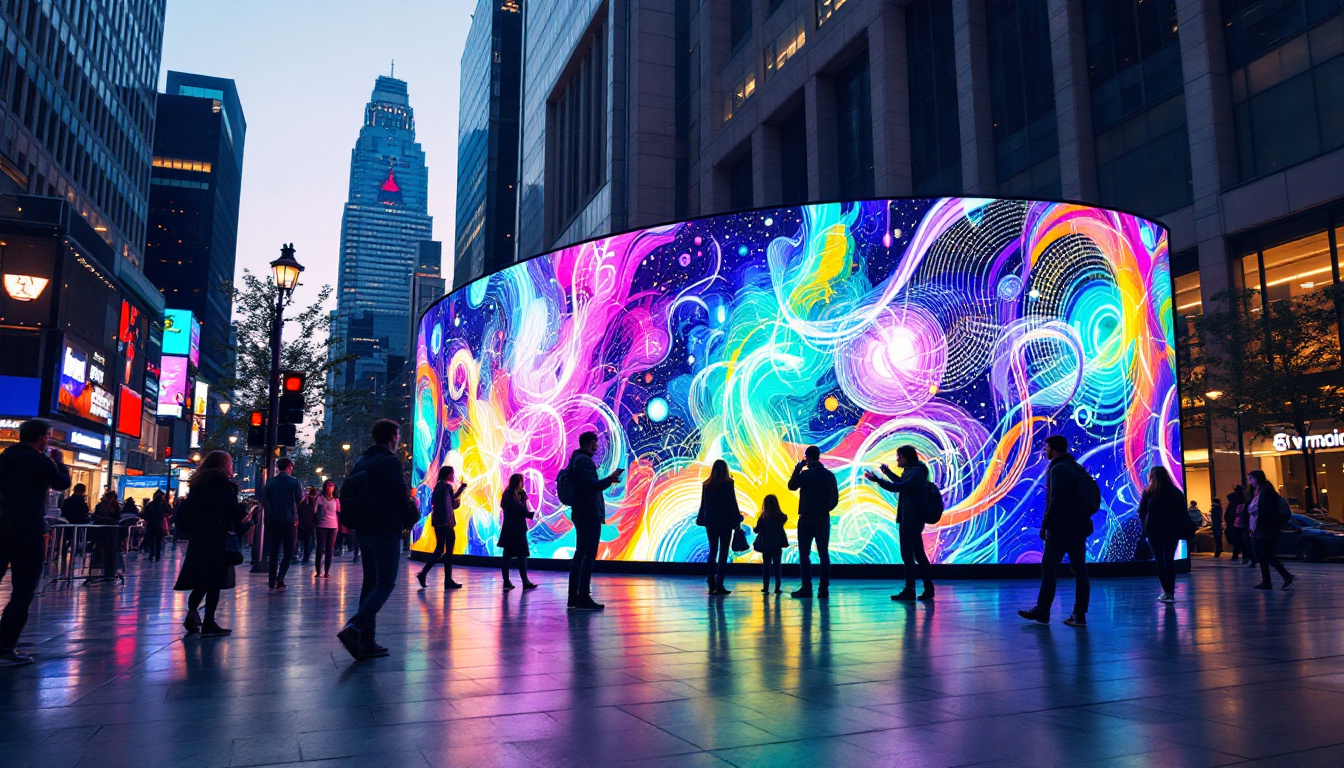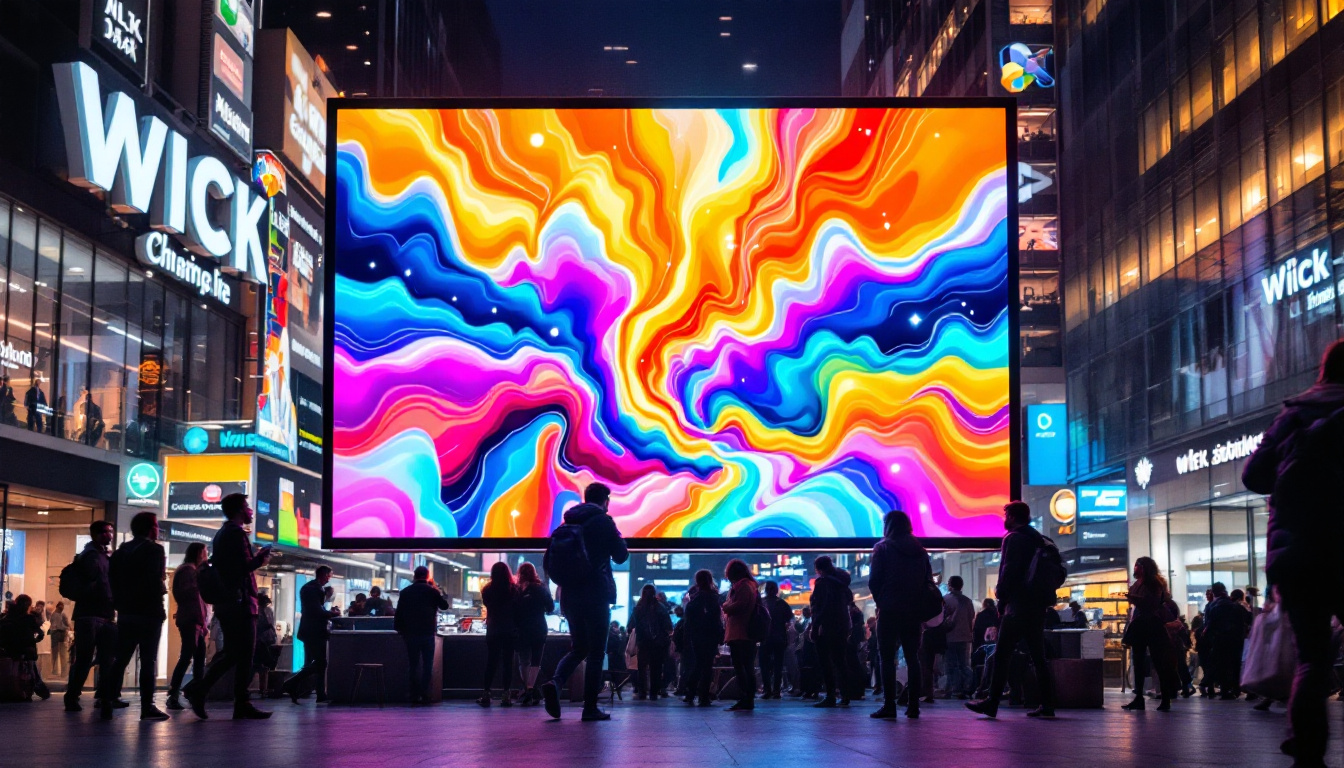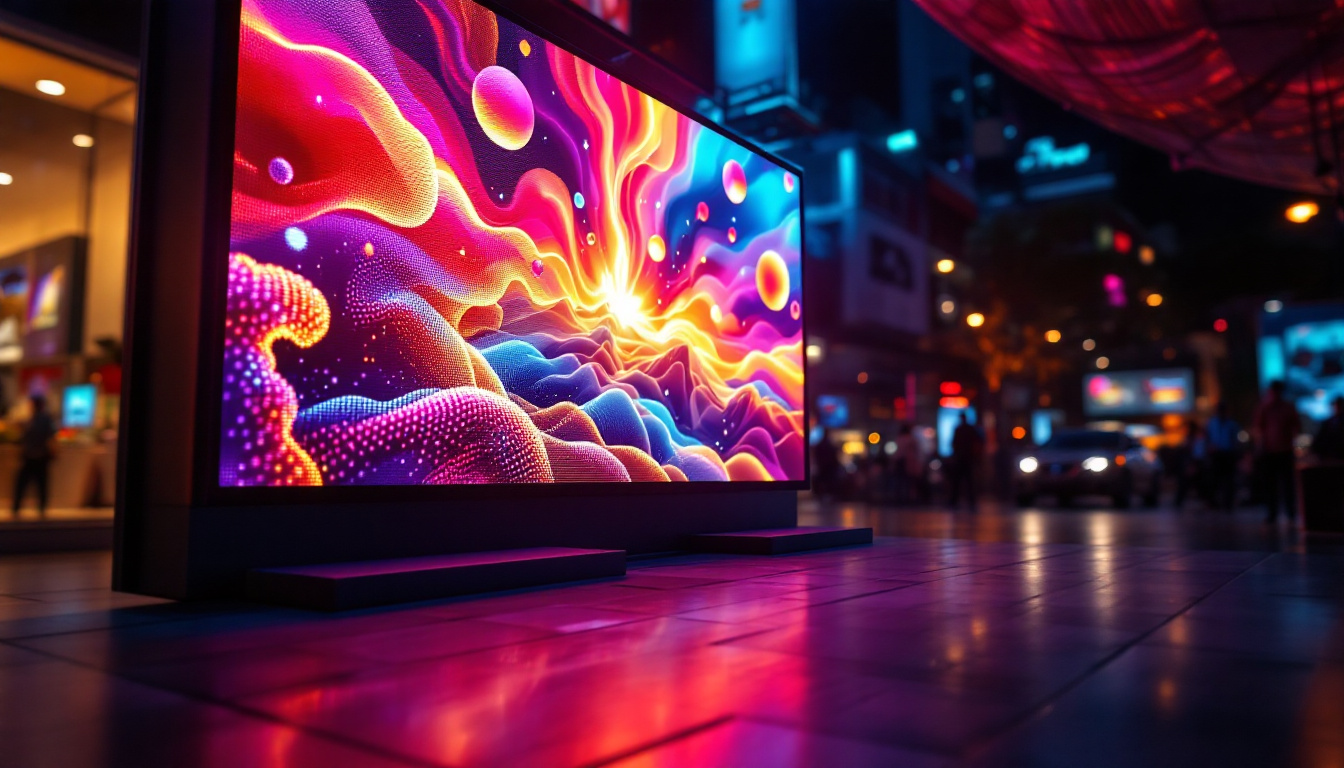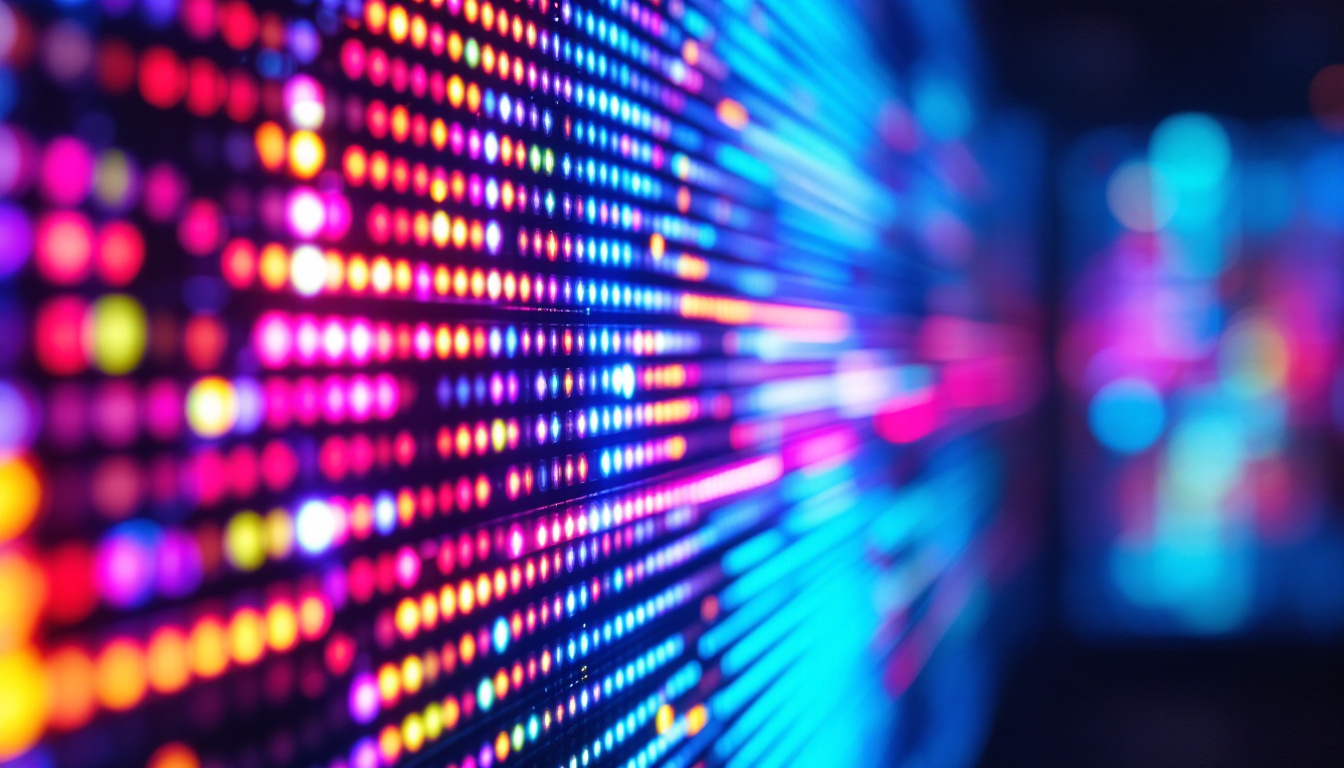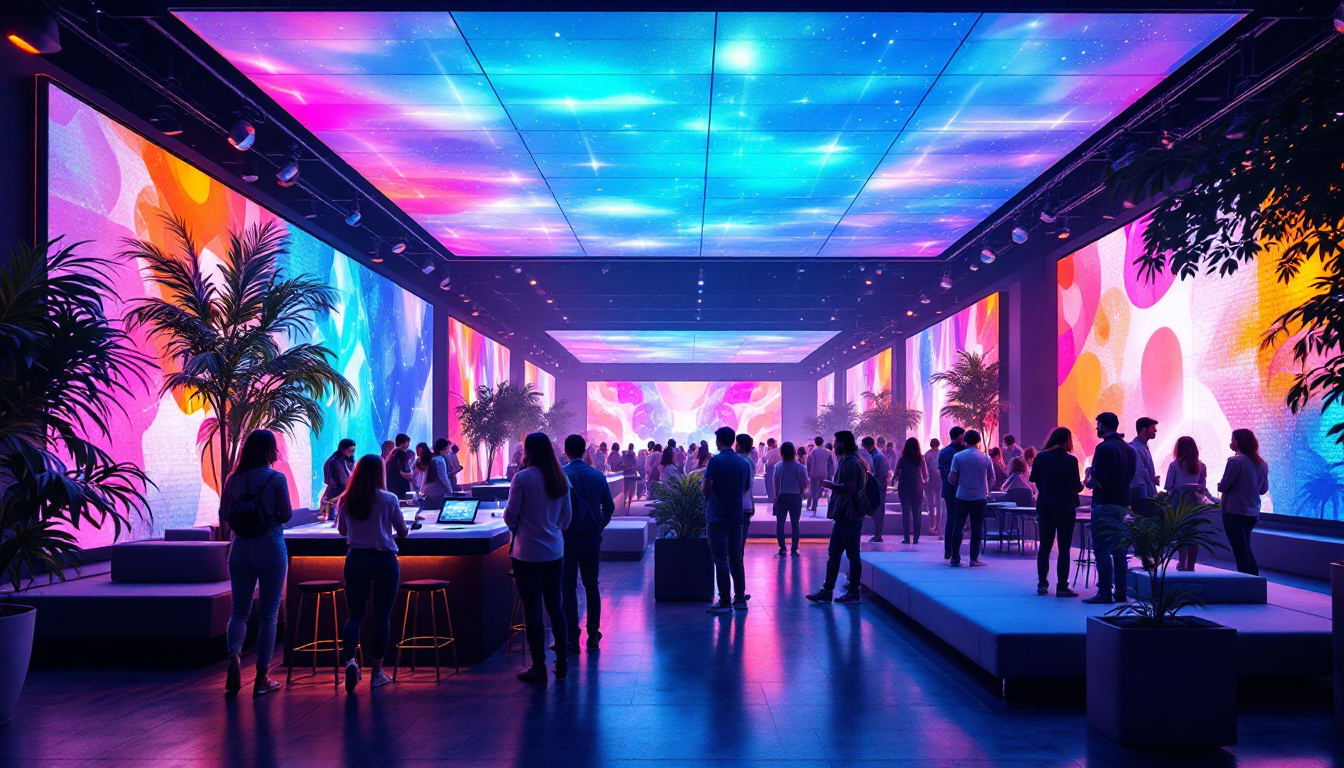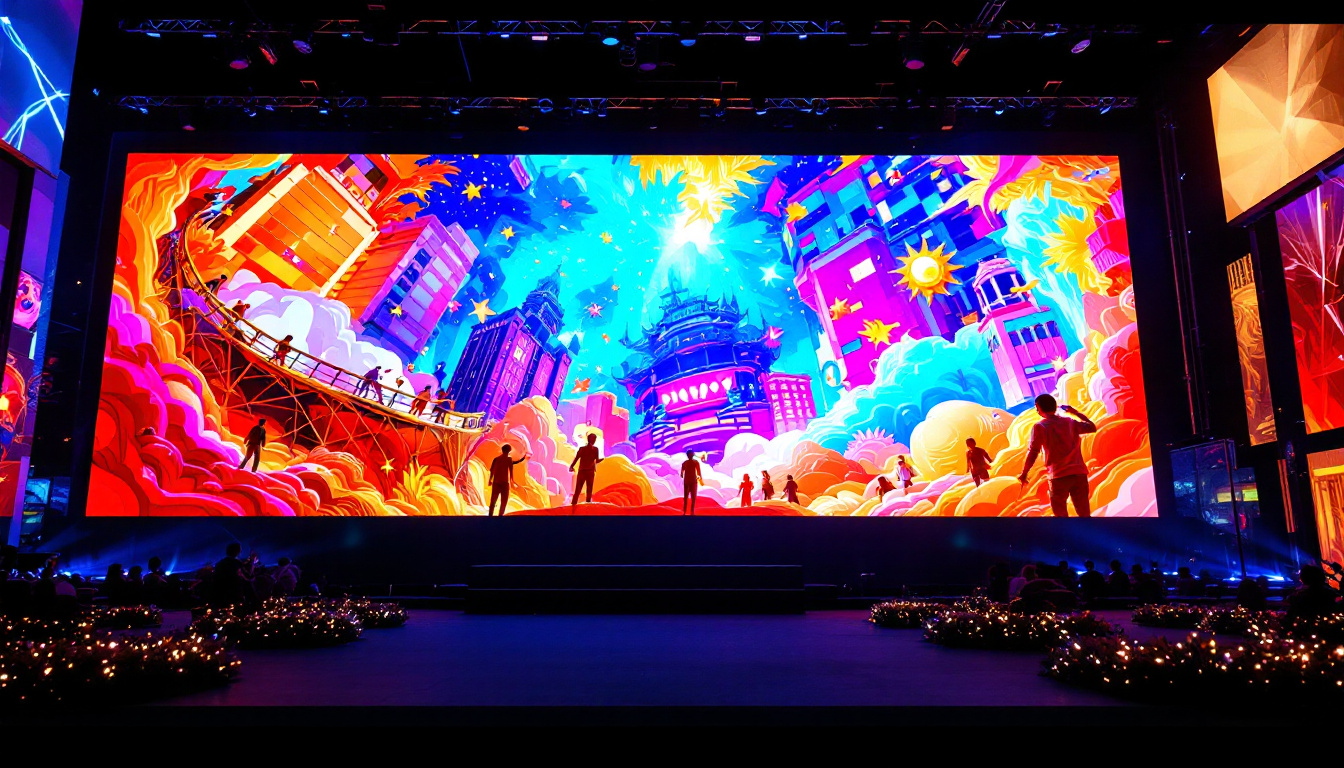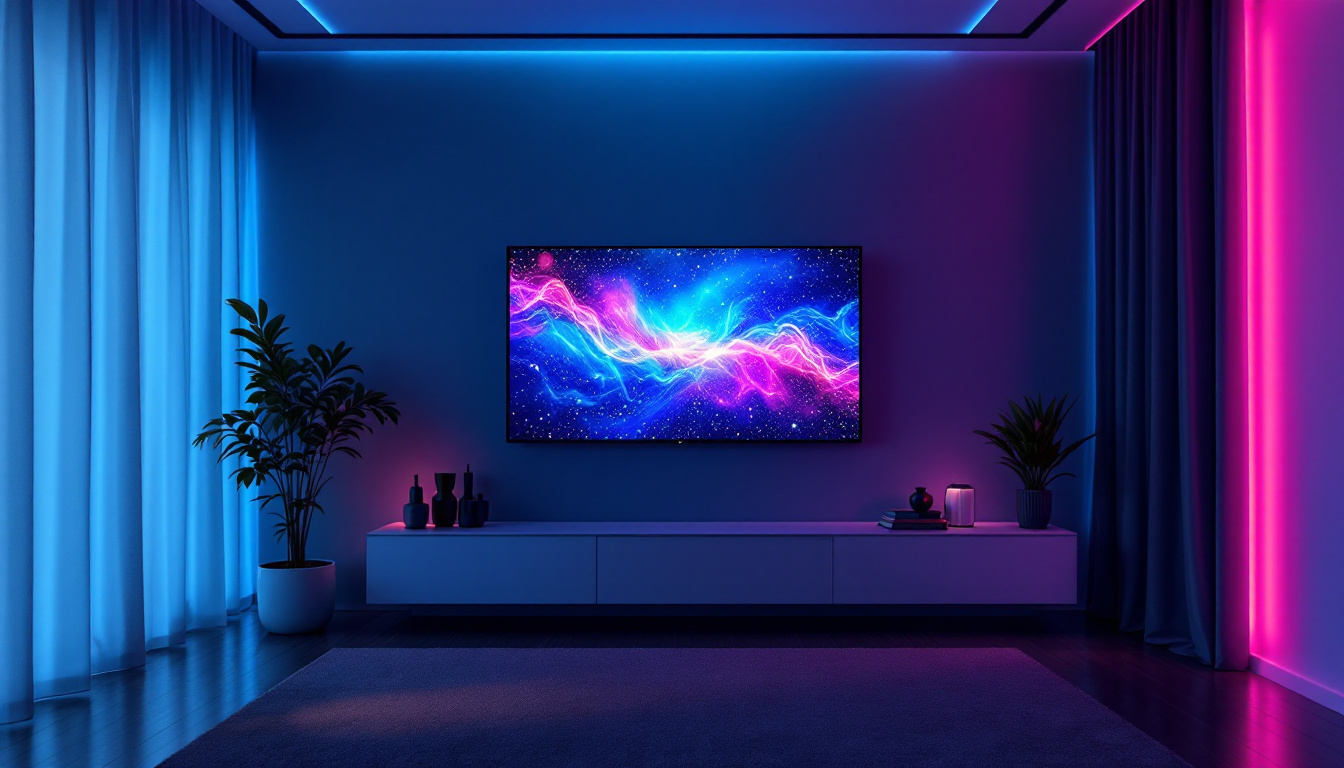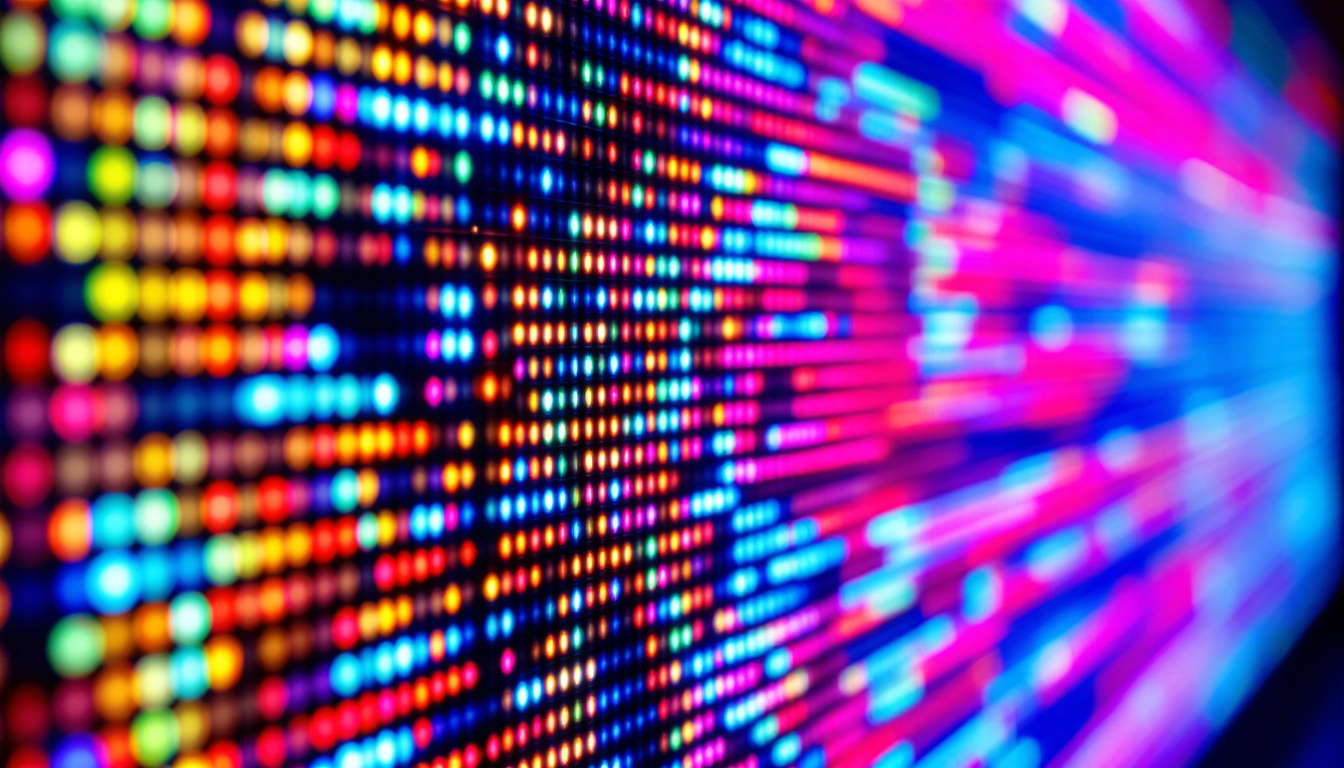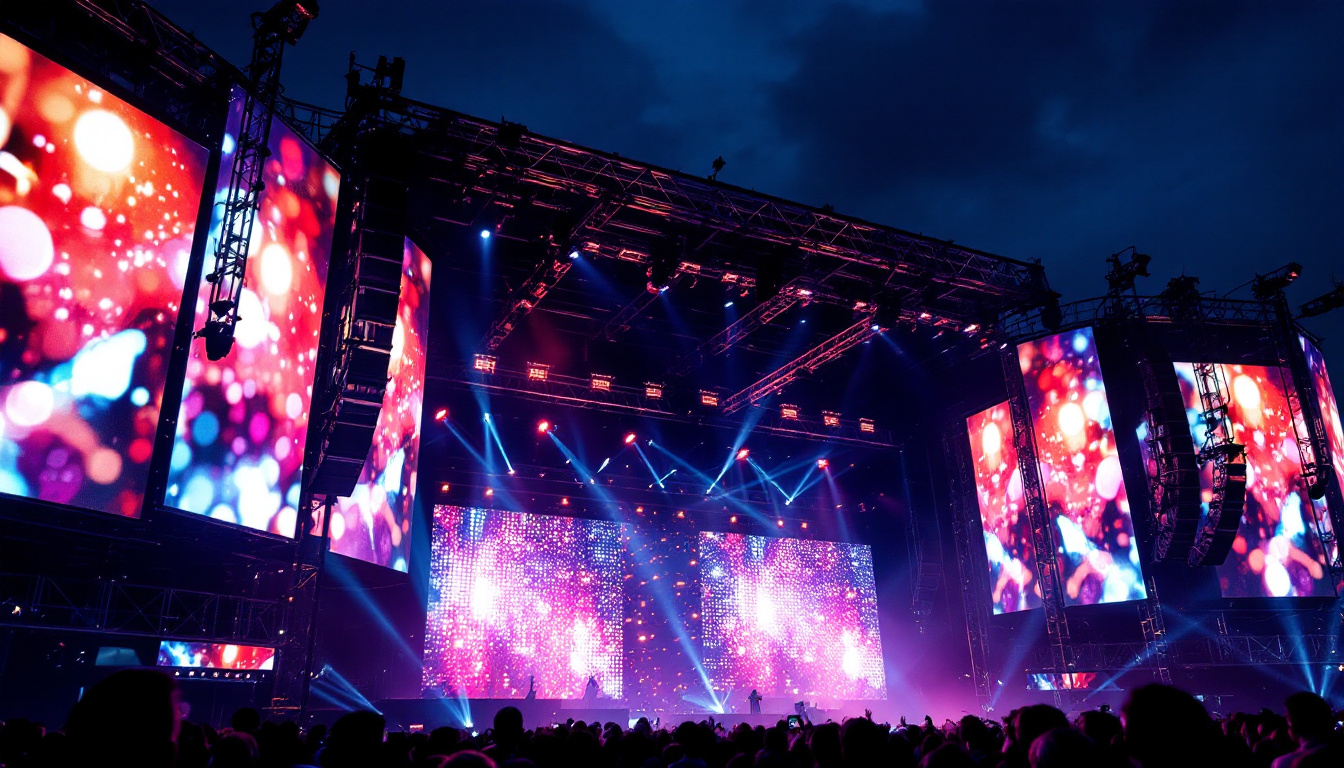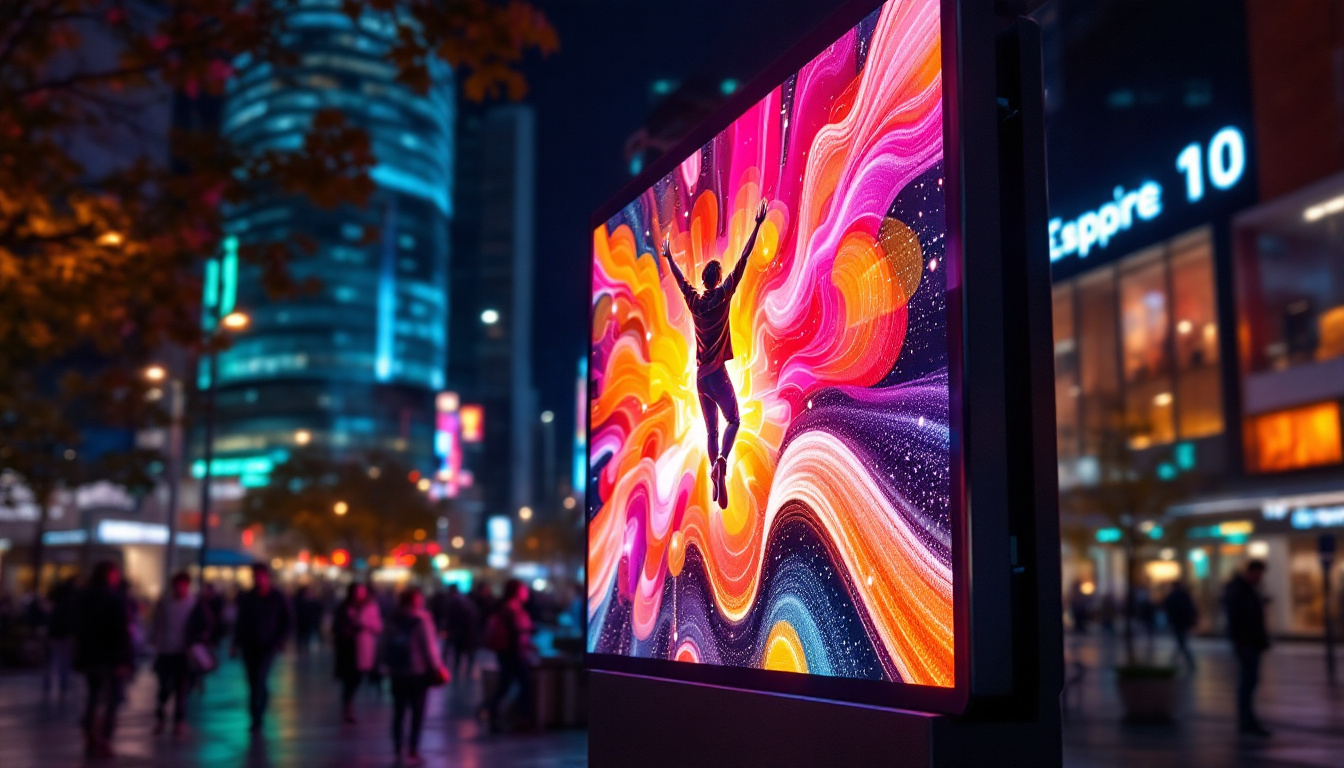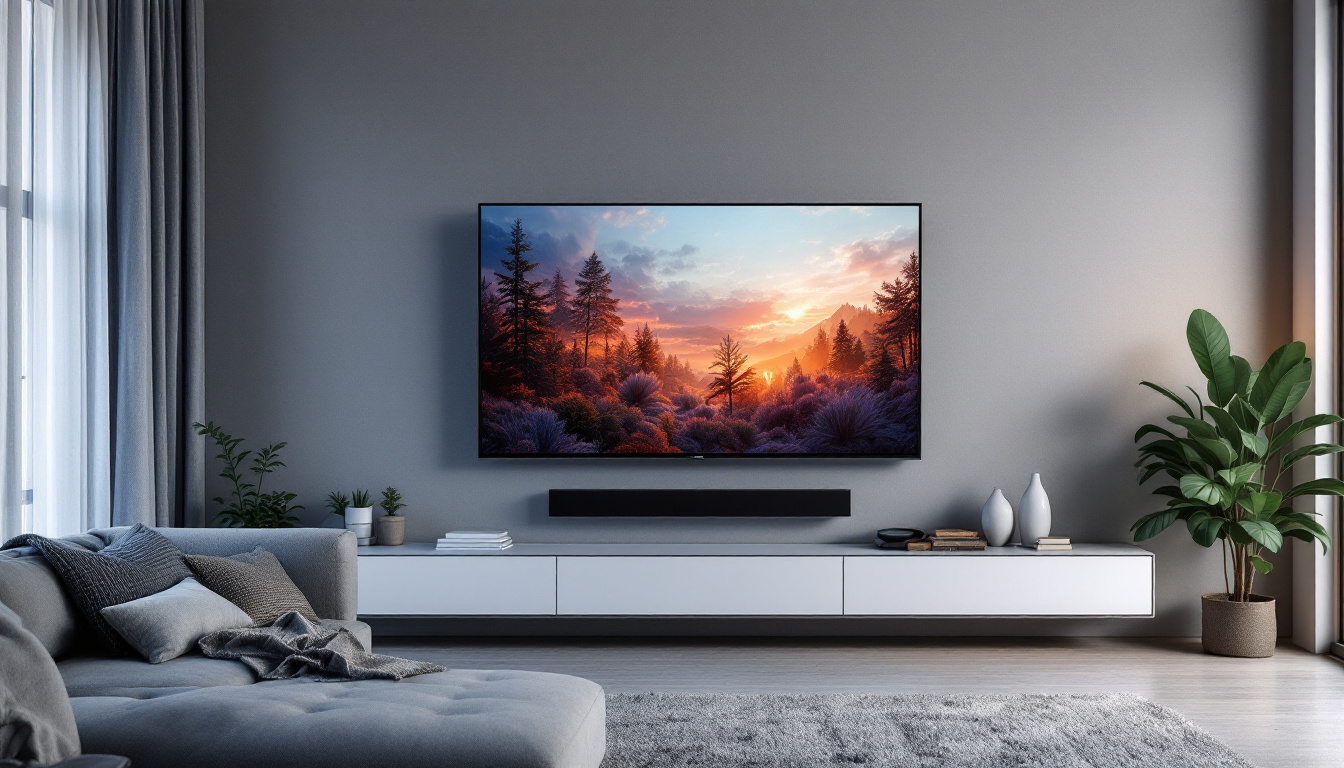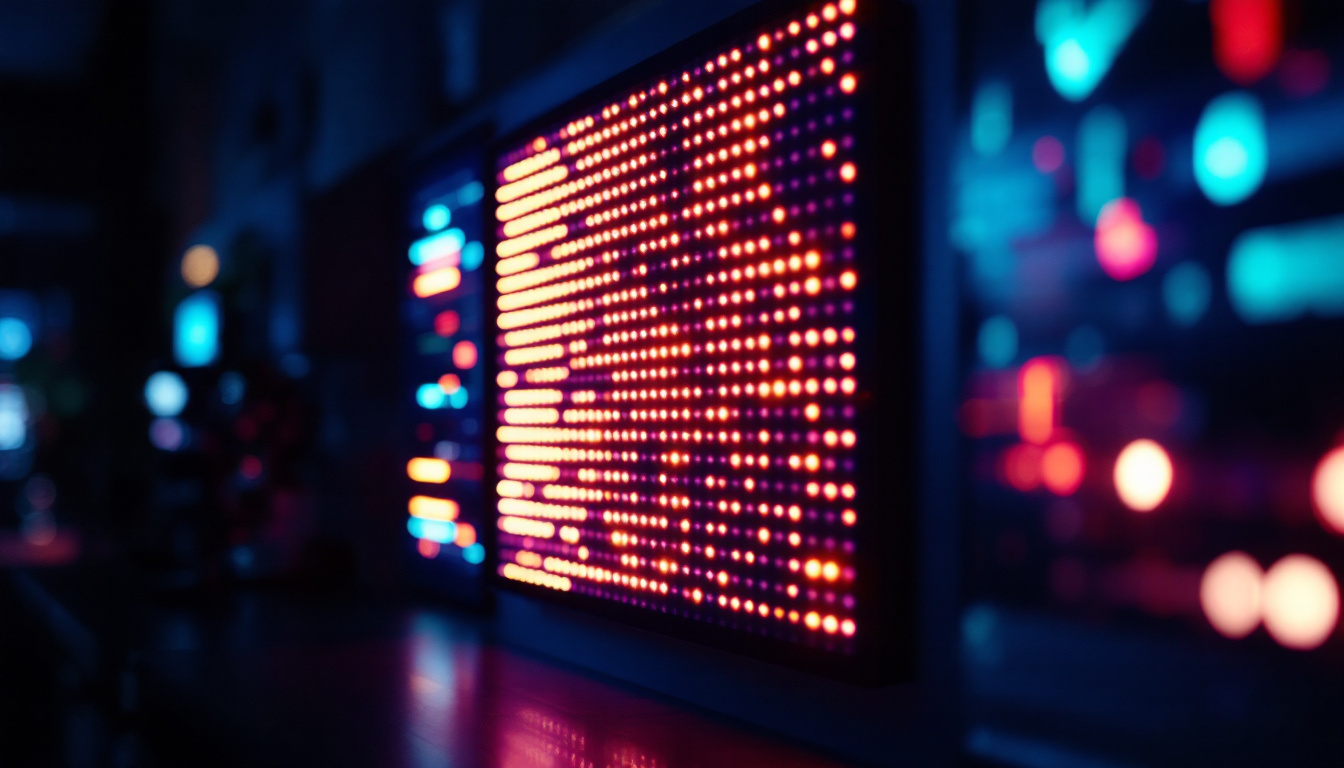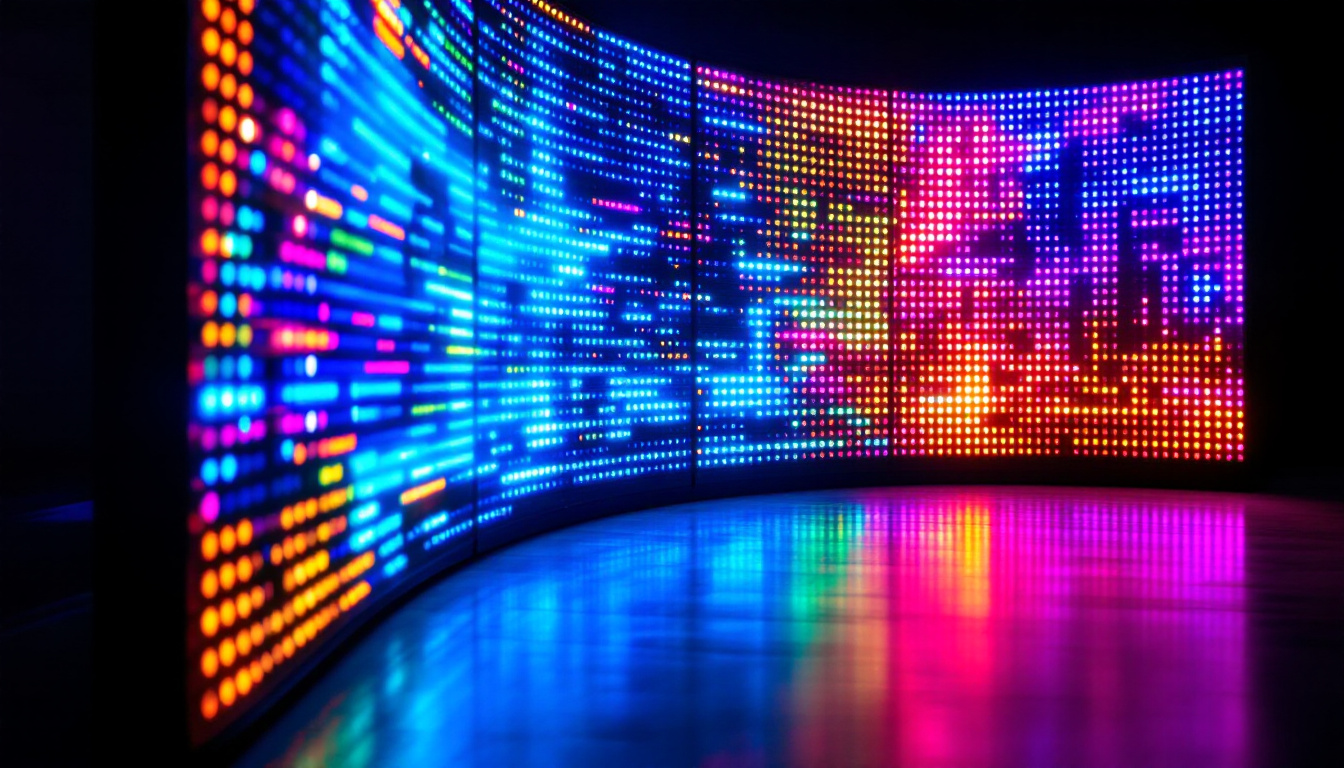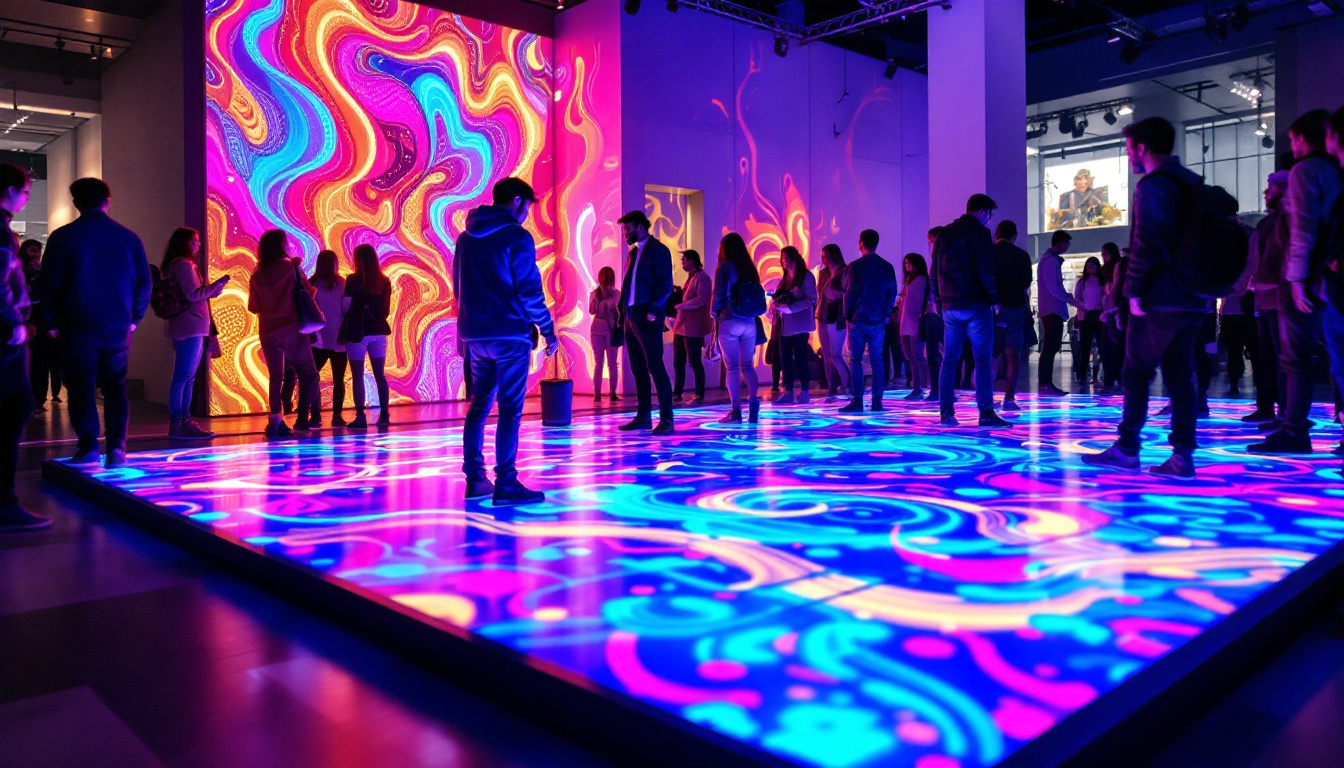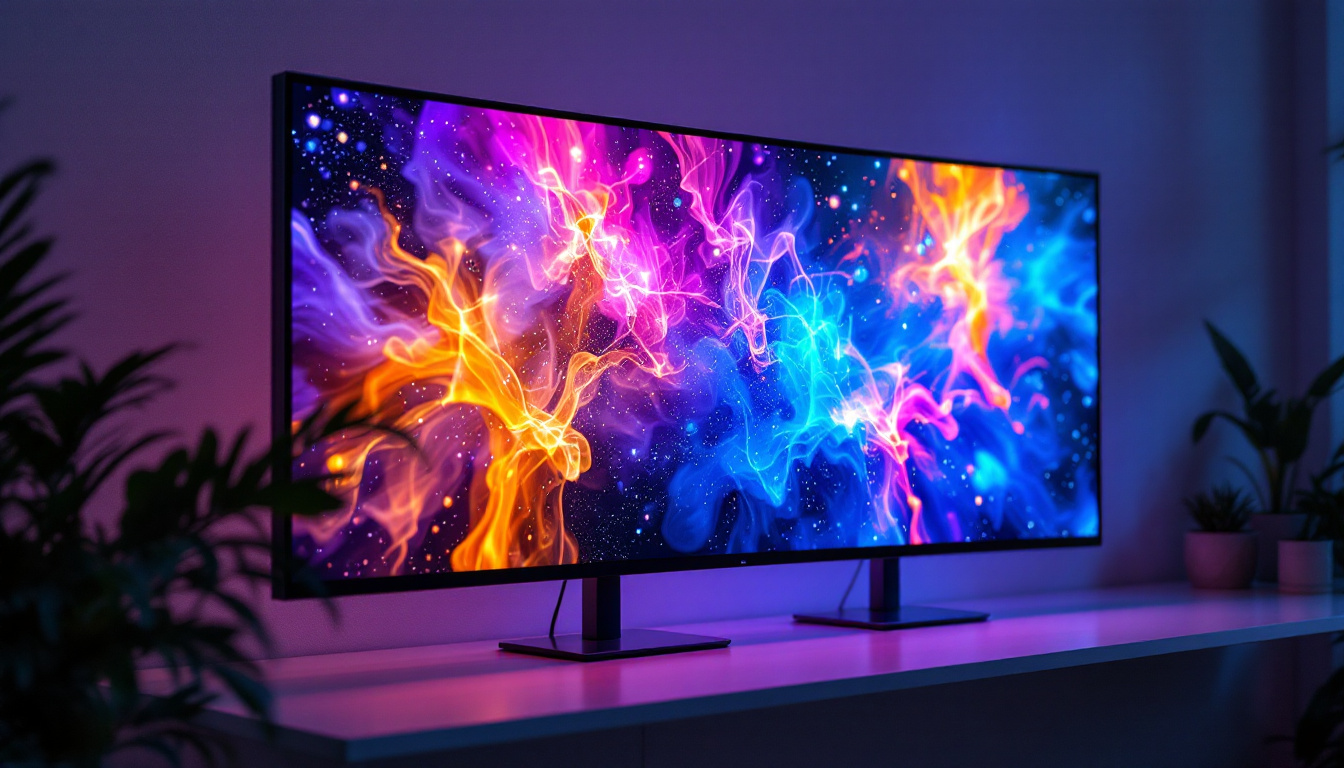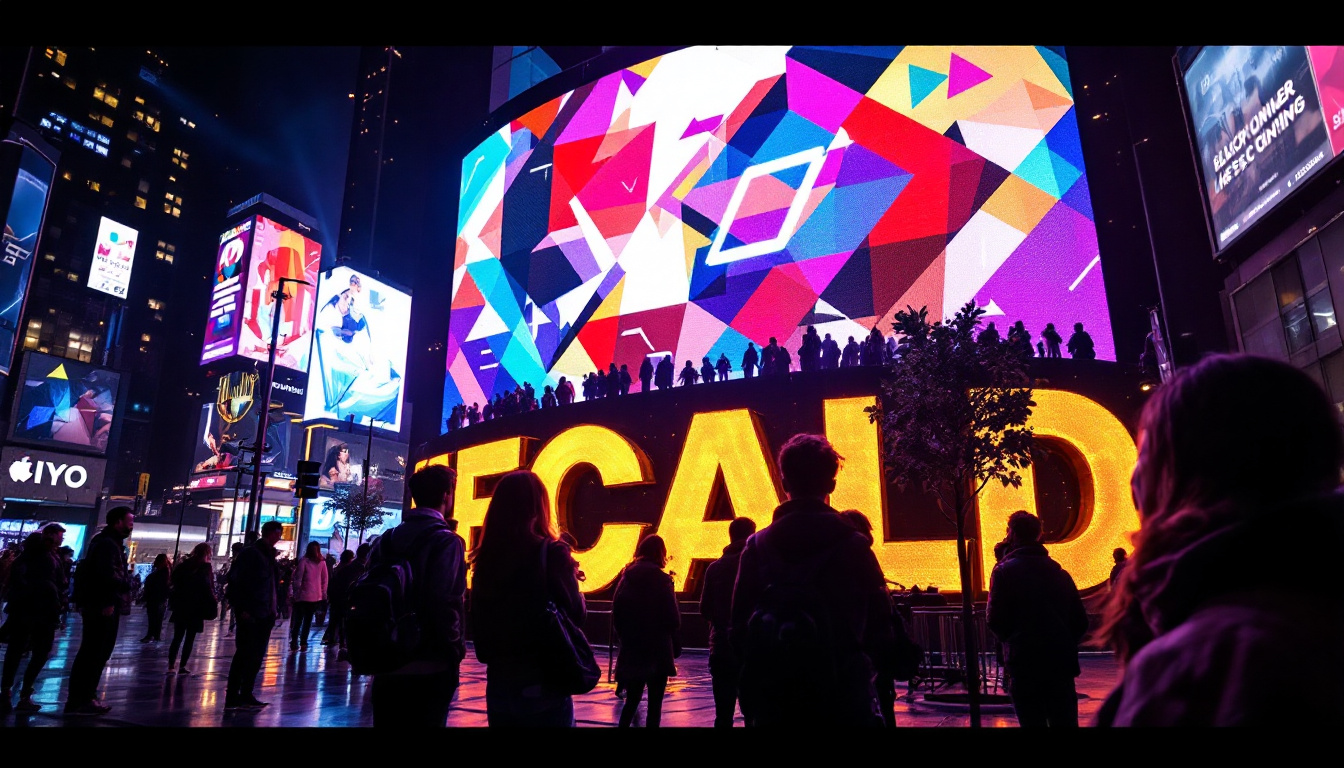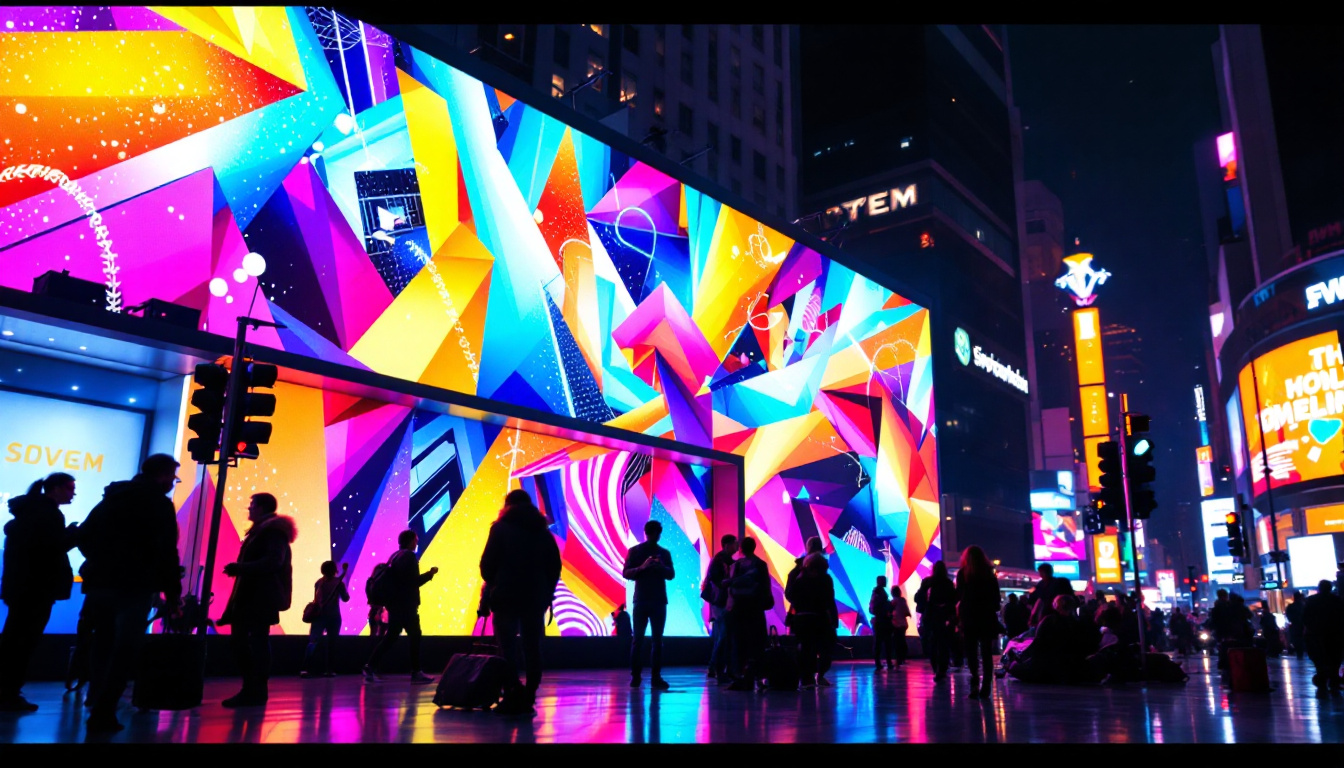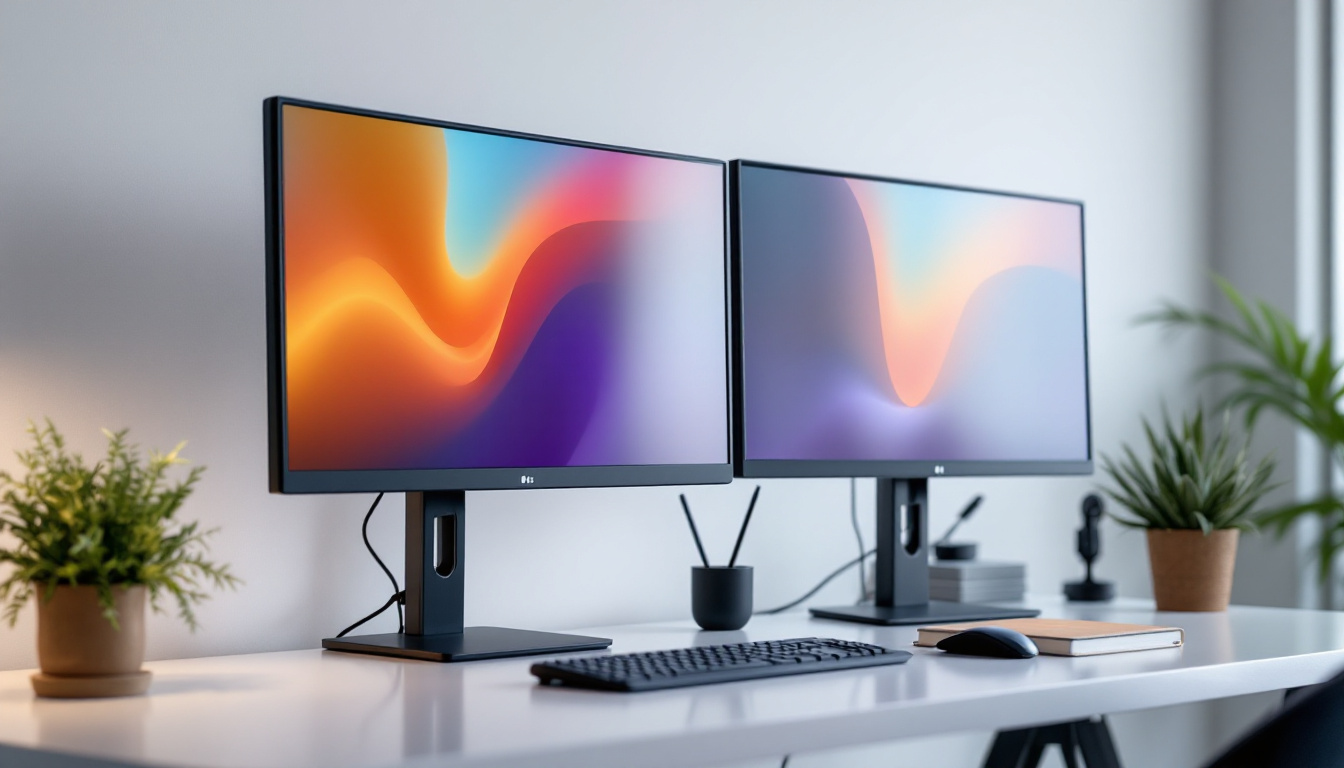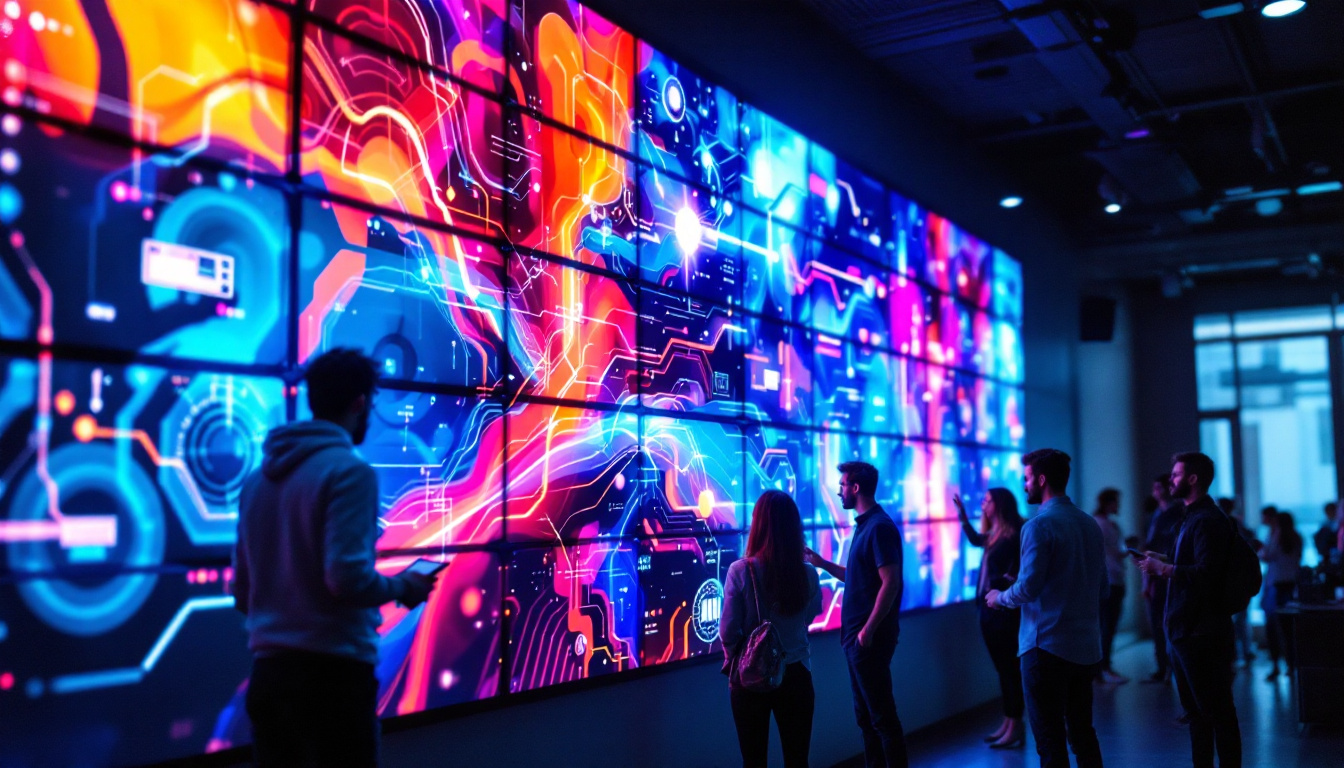In the realm of visual technology, projectors have evolved significantly, becoming a staple in both home and professional environments. Among the various components that enhance the projection experience, the choice of screen plays a crucial role. This article delves into the intricacies of projector screens, specifically focusing on LED displays, their advantages, and how they can transform indoor viewing experiences.
Understanding Projector Screens
Projector screens serve as the canvas for the images projected by the device. They are designed to enhance the quality of the projected image by reflecting light back to the audience while minimizing distortion and improving color accuracy. The choice of screen can significantly influence the overall viewing experience, making it essential to understand the different types available.
Types of Projector Screens
There are several types of projector screens available, each catering to specific needs and environments. The most common types include fixed frame screens, retractable screens, and portable screens. Fixed frame screens are ideal for dedicated home theaters, providing a taut surface that enhances image quality. On the other hand, retractable screens offer versatility, allowing users to hide the screen when not in use, making them suitable for multi-purpose rooms.
Portable screens, as the name suggests, are designed for easy transport and setup, making them a favorite for business presentations and outdoor movie nights. Each type has its own set of advantages and is tailored to different viewing scenarios, emphasizing the importance of selecting the right one based on individual needs. Additionally, some screens are designed specifically for 4K or ultra-high-definition projectors, ensuring that viewers can enjoy the full detail and clarity that modern technology offers. This attention to detail can transform a simple movie night into a cinematic experience, captivating audiences and making the investment in a quality screen worthwhile.
Importance of Screen Material
The material of the projector screen is a critical factor that affects image quality. Common materials include matte white, high-gain, and ambient light rejecting (ALR) fabrics. Matte white screens are versatile and work well in dark rooms, while high-gain screens can enhance brightness in well-lit environments. ALR screens are designed to reject ambient light, making them perfect for rooms with windows or other light sources.
Choosing the right material can significantly impact the viewing experience, as it affects color reproduction, contrast, and brightness. Therefore, understanding the environment in which the screen will be used is essential for making an informed decision. Moreover, some screens come with special coatings that can enhance durability and resistance to wear and tear, which is particularly beneficial for frequent use in educational or corporate settings. This added longevity not only preserves the quality of the image but also ensures that the screen remains a valuable asset over time, providing consistent performance for years to come.
LED Displays: A Game Changer
LED displays have emerged as a revolutionary technology in the world of visual media. Unlike traditional projection screens that rely on projected light, LED displays utilize light-emitting diodes to create images directly on the screen. This technology offers several advantages that can elevate indoor viewing experiences.
Advantages of LED Displays
One of the most significant advantages of LED displays is their brightness. They can produce vibrant colors and high contrast ratios, making them ideal for environments with varying lighting conditions. This capability allows for clear visibility even in well-lit rooms, eliminating the need for blackout curtains or dimming lights for optimal viewing.
Additionally, LED displays offer a wider viewing angle compared to traditional screens. This means that viewers can enjoy a clear and consistent image from various positions in the room, making them perfect for gatherings and presentations where multiple people are viewing from different angles. This feature is particularly beneficial in large venues or conference rooms, where the audience is spread out, ensuring that everyone has an equally immersive experience.
Durability and Longevity
Another noteworthy advantage of LED displays is their durability. Unlike traditional screens that can be susceptible to wear and tear, LED displays are built to last. They are resistant to scratches and damage, ensuring that the image quality remains consistent over time. Moreover, LED technology is energy-efficient, leading to lower operational costs in the long run.
In terms of longevity, LED displays can last for tens of thousands of hours, making them a worthwhile investment for both home and business use. This longevity reduces the frequency of replacements, further enhancing their cost-effectiveness. Furthermore, the low heat emission of LED displays contributes to their durability, as it minimizes the risk of overheating and prolongs the lifespan of the components. As a result, businesses can rely on LED displays for continuous operation without the frequent interruptions associated with traditional display technologies.
Beyond their practical advantages, LED displays also offer a level of versatility that is hard to match. They can be seamlessly integrated into various environments, from retail spaces showcasing dynamic advertisements to art installations that transform public spaces. The ability to customize size and shape allows for creative installations that can fit any design aesthetic, making them a popular choice for architects and designers looking to push the boundaries of visual communication.
Choosing the Right LED Display for Indoor Use
When selecting an LED display for indoor use, several factors should be considered to ensure the best fit for specific needs. Understanding these factors can help consumers make informed decisions that align with their viewing preferences and requirements.
Screen Size and Resolution
The size of the LED display is one of the first considerations. It should be proportionate to the viewing distance and the size of the room. A larger screen may be necessary for bigger spaces or for viewers sitting farther away, while smaller screens can suffice in more intimate settings.
Resolution is another critical factor. Higher resolutions, such as 4K or even 8K, provide sharper images and finer details, enhancing the overall viewing experience. For presentations or detailed visuals, opting for a higher resolution can make a significant difference in clarity and engagement.
Aspect Ratio and Format
The aspect ratio of the display is also important, especially for specific content types. Common aspect ratios include 16:9 for widescreen formats and 4:3 for traditional presentations. Choosing the right aspect ratio ensures that the content is displayed correctly without distortion or cropping, preserving the intended visual experience.
Moreover, compatibility with various media formats should be considered. Ensuring that the LED display can seamlessly connect with different devices, such as laptops, tablets, or streaming devices, enhances its versatility and usability.
Installation Considerations
Proper installation is crucial for maximizing the benefits of an LED display. Whether it’s a home theater setup or a conference room installation, several factors come into play to ensure optimal performance.
Location and Mounting Options
Choosing the right location for the LED display is essential. It should be positioned at a height and angle that allows for comfortable viewing without straining the neck or eyes. Wall mounting is a popular option, but ceiling mounts or portable stands can also be considered based on the room layout.
Additionally, ensuring that there is adequate space around the display for ventilation is vital. Overheating can affect performance and longevity, so proper airflow should be taken into account during installation.
Wiring and Connectivity
Wiring and connectivity are also key aspects of installation. Ensuring that there are sufficient power outlets and that cables are neatly organized can enhance the overall aesthetic and functionality of the setup. Wireless connectivity options can further simplify the installation process, reducing clutter and making it easier to connect various devices.
Finally, it is advisable to consider professional installation services for larger displays or complex setups. Professionals can ensure that the installation is done correctly, optimizing the display’s performance and longevity.
Maintenance and Care for LED Displays
Maintaining an LED display is essential for ensuring its longevity and performance. Regular care can prevent issues that may arise over time and keep the display functioning optimally.
Cleaning and Dusting
Dust and debris can accumulate on the surface of the display, affecting image quality. Regular cleaning with a soft, lint-free cloth is recommended to keep the screen clear. It is important to avoid using harsh chemicals or abrasive materials that could damage the screen.
Additionally, ensuring that the surrounding area is clean can help minimize dust buildup. Keeping the environment tidy not only benefits the display but also enhances the overall viewing experience.
Software Updates and Calibration
For LED displays with smart features, regular software updates are crucial. These updates can enhance performance, add new features, and fix any bugs that may affect usability. Checking for updates periodically ensures that the display operates at its best.
Calibration is another important aspect of maintenance. Adjusting settings such as brightness, contrast, and color balance can optimize image quality based on the viewing environment. Regular calibration helps maintain accurate color reproduction and overall visual fidelity.
Conclusion: Elevating Indoor Viewing Experiences
In summary, the choice of screen for projectors, particularly LED displays, can significantly enhance indoor viewing experiences. With their superior brightness, durability, and versatility, LED displays are an excellent investment for both home and professional settings. Understanding the various factors involved in selecting, installing, and maintaining these displays can lead to a more enjoyable and engaging viewing experience.
As technology continues to evolve, staying informed about the latest advancements in display technology will ensure that viewers can make the most of their visual experiences. Whether for movie nights, presentations, or gaming, the right LED display can transform any indoor space into a captivating visual environment.
Discover LumenMatrix LED Display Solutions
Ready to elevate your indoor viewing experience with the latest in LED display technology? Look no further than LumenMatrix, a pioneer in crafting visually stunning and technologically advanced LED displays. From immersive Indoor LED Wall Displays to dynamic Custom LED Displays, LumenMatrix offers a wide range of solutions tailored to meet your needs. Embrace the future of visual communication and check out LumenMatrix LED Display Solutions today to see how you can transform your space into a captivating visual environment.

